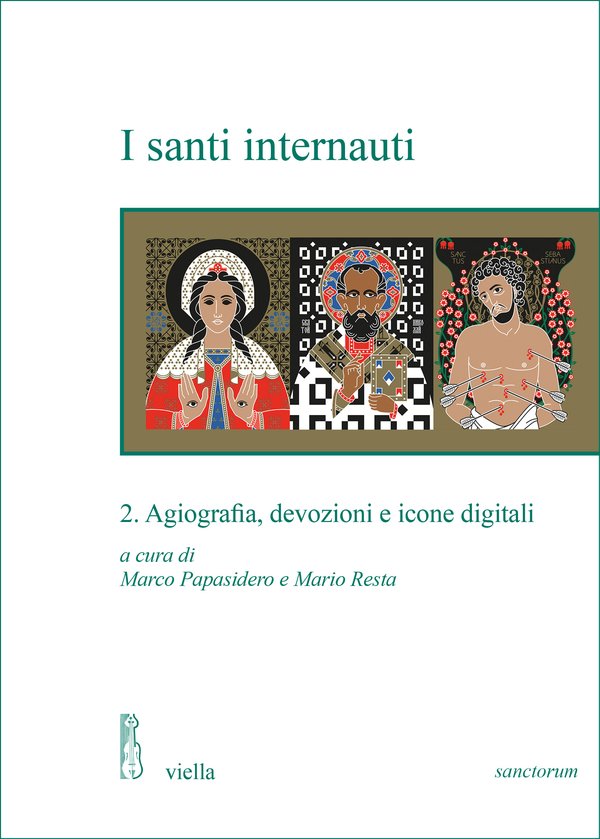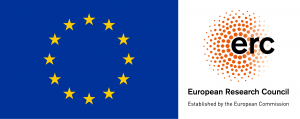Chapters in the book “I santi internauti. 2. Agiografia, devozioni e icone digitali”

Our members Eleonora Chiais, Gabriele Marino, and Marco Papasidero have published chapters in the book I santi internauti. 2. Agiografia, devozioni e icone digitali (Viella 2022), edited by Marco Papasidero and Mario Resta.
E. Chiais, Facing heaven dressed in sneakers and blue jeans. Semiotic notes on the clothed body of Carlo Acutis
Beatified by Pope Francis in October 2020, Carlo Acutis – a very young layman from Milan – was immediately dubbed “God’s influencer” and “the blessed millenial” while he was already commonly identified as the future “patron saint of the Internet.” The celebration of his beatification, the third in the year of the pandemic and the first of a layman, was also very social. The public display of Carlo’s body was central in determining its mediatic success and undoubtedly contributed to the creation of the narration about the young blessed. Starting from these initial considerations, the contribution – conducted through a semiotic methodology – focuses on the englobing devices used to construct the enunciation, and to specify the sense, of the exposed mortal remains, concentrating the reflection on the importance and the significance of the vestimentary component used in the exhibition.
G. Marino, Hypertextual saints. From Protestant parodies to social media memes
After a brief introduction addressing the textual and ideological vitality of hagiography from the origins to the digital turn and the social media koinè of socalled virality, the article proposes a semiotic reading of Internet memes focused on the figures of Catholic saints. These new forms of iconography are understood as a peculiar reformulation of popular religious iconography – Sometimes genuinely proselytic, sometimes satirical (sometimes, more generically and ambiguously, just playful).
M. Papasidero, When the message goes viral: New and old strategies for communicating Marian messages
This paper analyses the communications of the messages revealed to the visionaries during Marian apparitions, in particular starting from the 1980s. After some considerations on how the messages in the apparitions of Medjugorje have been disseminated since their beginning in 1981, attention is then placed on some Italian Mariophanies, completed or still in progress, which began at the end of the last century or in the 2000s. The goal is to evaluate how the communication and dissemination strategies of these “words of Mary” have changed over the years, in particular thanks to the advent of new media and social networks.

